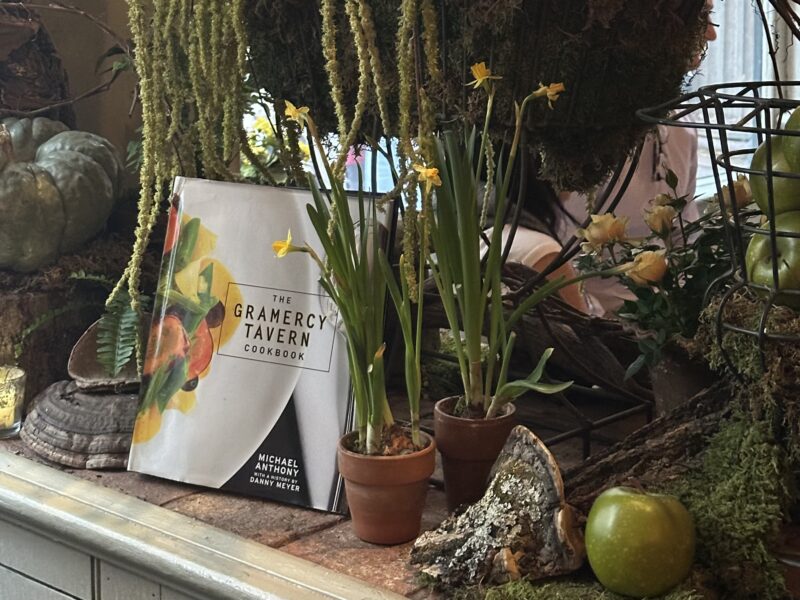
Optical illusions, tessellations and the concept of infinity, Dutch artist Maurits Cornelis Escher (1889-1972), or M.C. Escher, was known for alluring and mathematically inspired designs.
The “Escher at Dali” exhibit showcases 135 of M.C. Escher’s most famous pieces at the Salvador Dali Museum, now until Jan. 3. The exhibit is free for USF St. Petersburg students with a valid student I.D.
The majority of Escher’s work is black and white, which makes for a striking contrast with the detail of his pieces.
The exhibit features several forms of art, including sketches, posters, wood blocks and a lithograph stone. A lithograph stone is created when ink is stamped into a large stone to form a pattern or image and then pressed to paper resulting in the final product. The famous Escher piece “Drawing Hands” was crafted using this technique.
This critically acclaimed set of works was originally located in the Herakleidon Museum in Athens, Greece, and is on display in Florida for the first time.

M.C.Escher’s “Bond of Union” ©2015
The M.C. Escher Company–The Netherlands. All rights reserved.
From the collection of Herakleidon Museum, Athens, Greece.
Artwork through Escher’s early to late career is available at the exhibit. “Drawing Hands,” “Reptiles” and “Waterfall” will be featured alongside architectural drawings of Italy and Spain and mezzotints, which the artist used frequently. Mezzotint pieces are images etched onto a copper plate which are then transferred in ink to paper.
Along with Escher’s art, the Dali Museum is showing a one-hour documentary, Monday through Saturday, on his life at the on-site theater. Audio guides are available on a first come, first serve basis.
Although different than Dali’s loud and colorful works, Escher’s pieces still relate to Dali and his vision.
“Escher, like Dali, played in a serious way with that fundamental question of visual art,” said Dali Museum executive director Hank Hine, according to a release from the museum. “What is real? Is the world as it looks to be, or have I constructed an illusion in my mind? Escher delights every viewer with his visual sleights of hand.”

M.C.Escher’s “Reptiles” ©2015 The M.C. Escher Company–The Netherlands. All rights reserved.
From the collection of Herakleidon Museum, Athens, Greece.
“Most fans say it’s the best [show] we’ve put on,” said museum associate Philip Rankin, 23.
The Escher exhibit is generating revenue for the museum as well.
“For this season, which is historically low in attendees, the Escher has brought more visitors than usual,” Rankin said. “We expect even more during the holiday season.”
USFSP student, Lily Cano, 23, visited the exhibit on Sept. 26, the city’s Free Museum Day. Despite the massive crowd and no prior knowledge of the featured artist, Cano enjoyed the exhibit.
“His work seems to be very pattern oriented,” Cano said. “Once you strike a line, you can’t take it back. I feel that that’s what he learned when he worked with his prints.”


